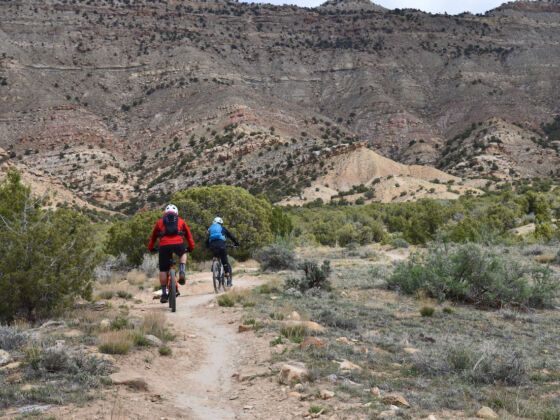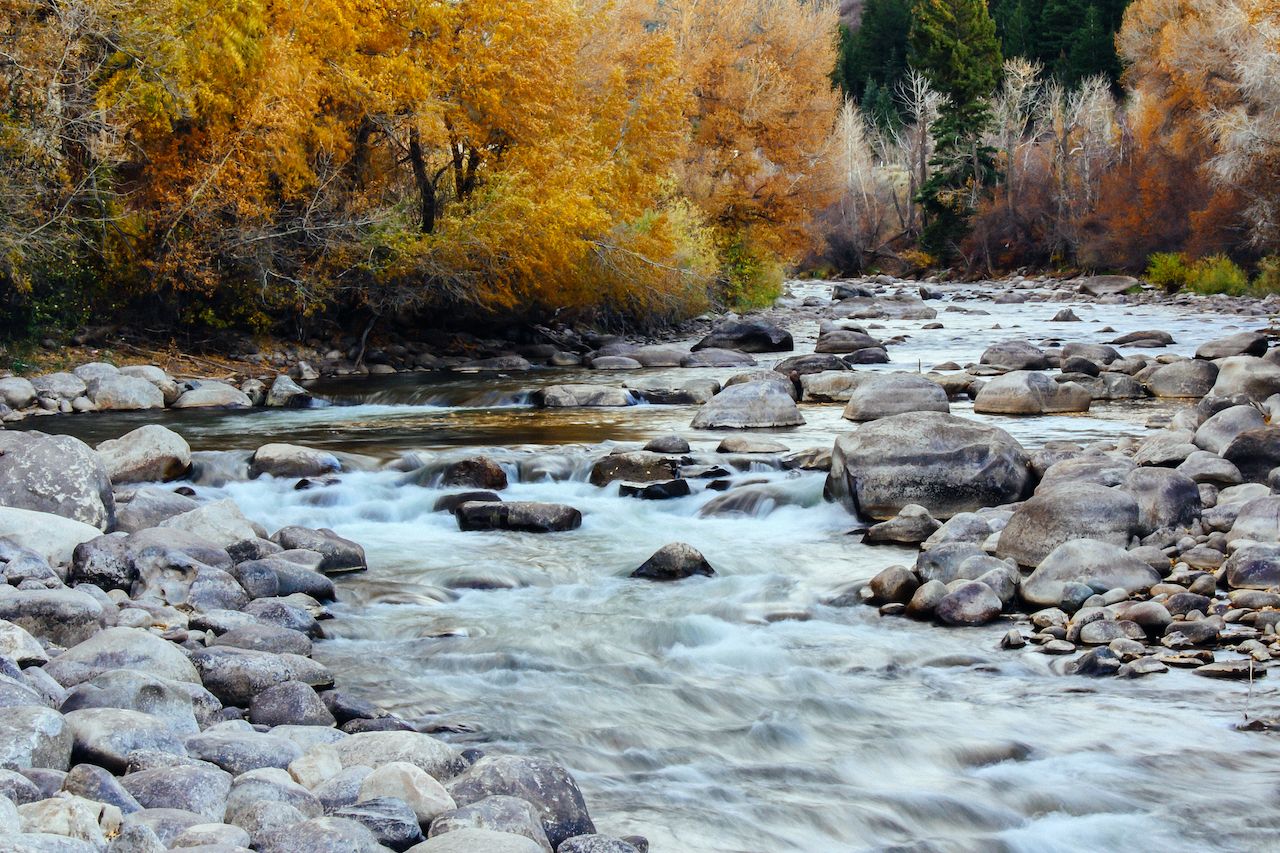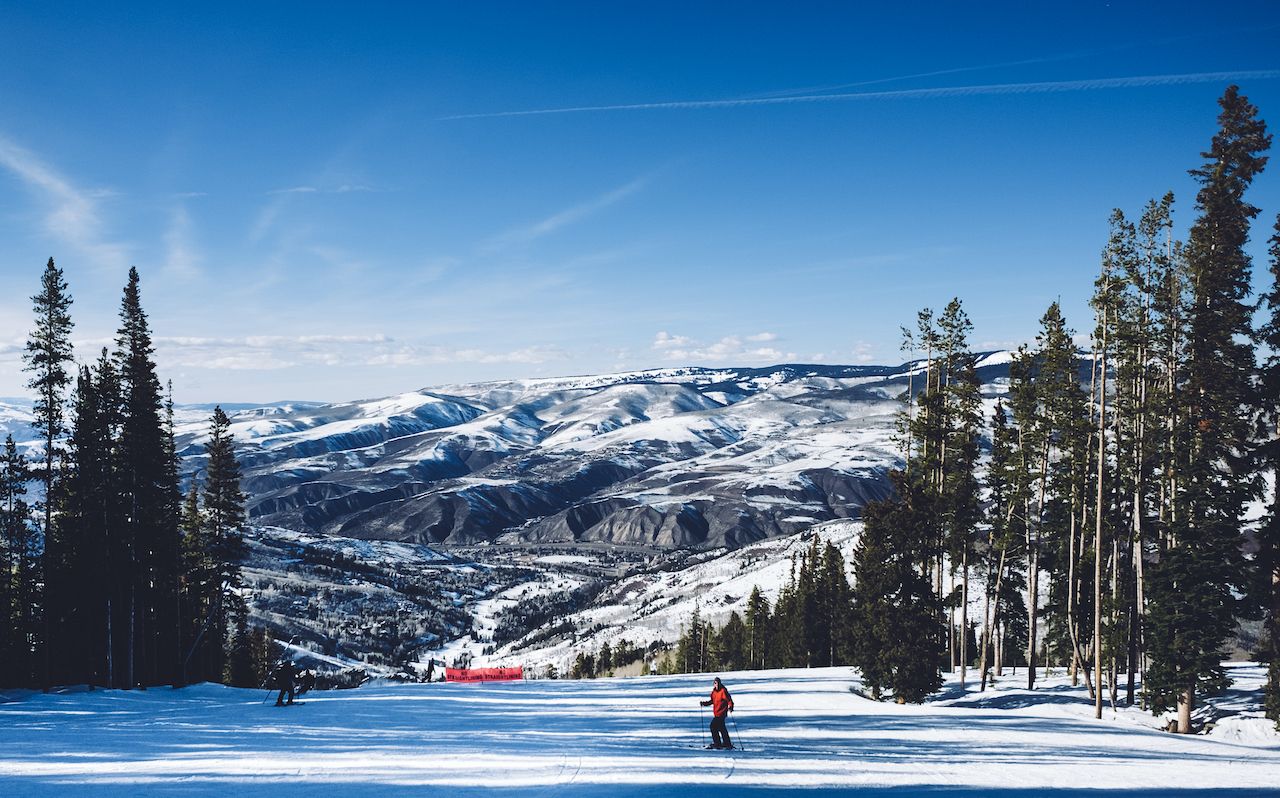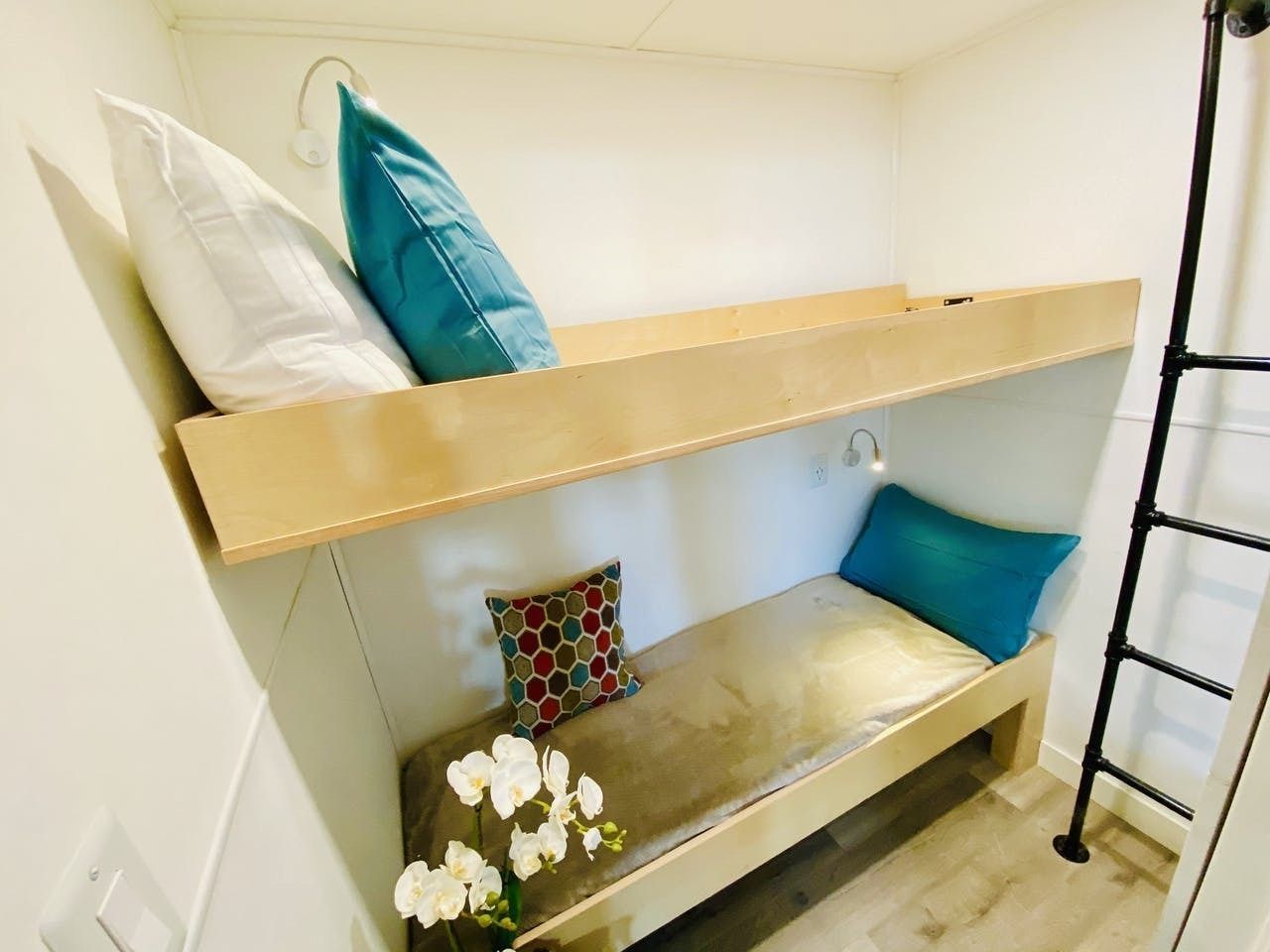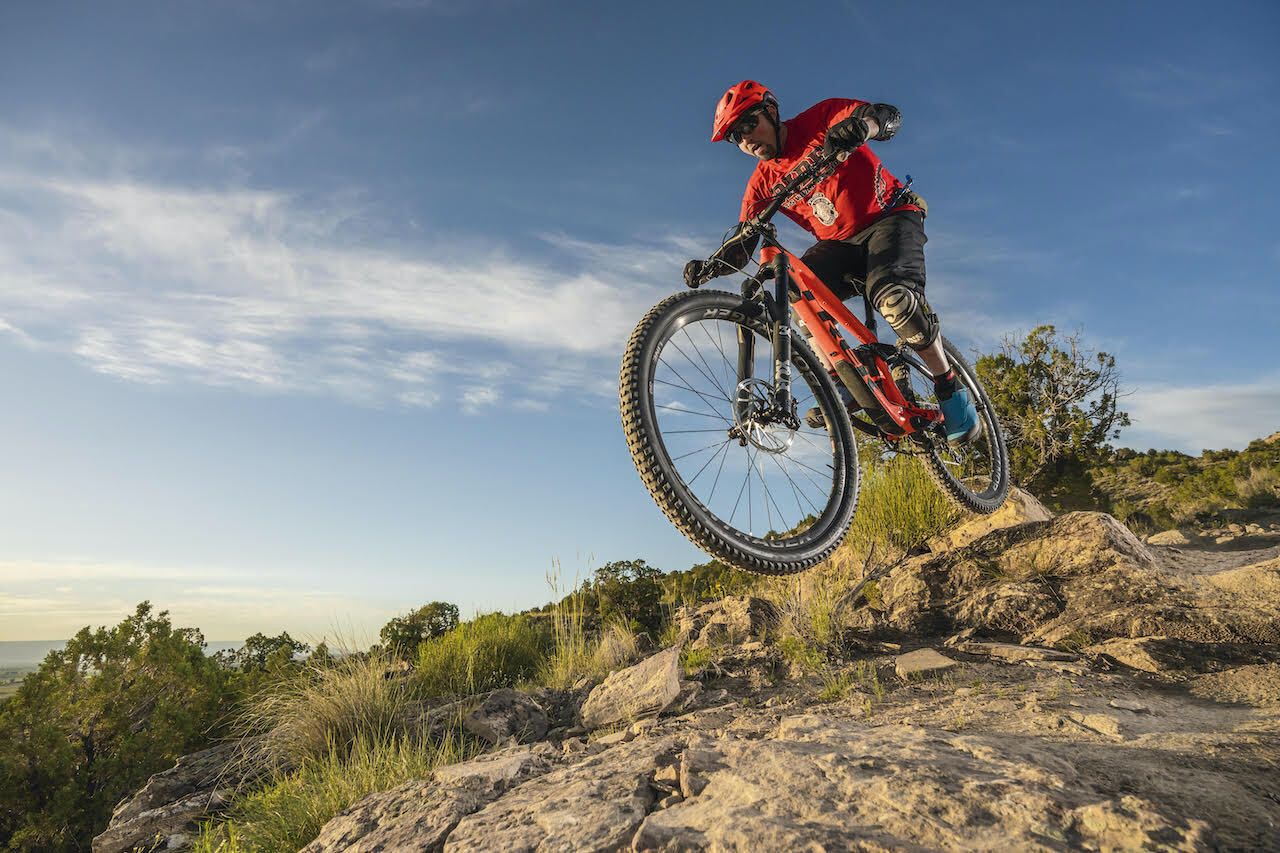A kayaker rips through a stretch of whitewater, using a rapid to invert herself into a twist before realigning and paddling downstream. On the side of the river, a small group of onlookers cheers the move. Some are locals stopping for a mid-ride rest while pedaling their bicycles across Colorado’s Vail Valley. Others are visitors from Denver, witnessing freestyle kayaking for the first time.
This sounds like any summer Saturday in the popular resort towns of Vail or Breckenridge — but it’s actually the small town of Eagle, 30 miles west of Vail. There, Eagle River Park is a new whitewater park developed as a destination for river runners and spectators on a stretch of the Eagle River. Eagle, a town of 7,000 residents, has long been a bedroom community for retirees, resort workers, and others wanting to live in the mountains but not within the often over-fabricated — and very expensive — grasp of resort communities.
